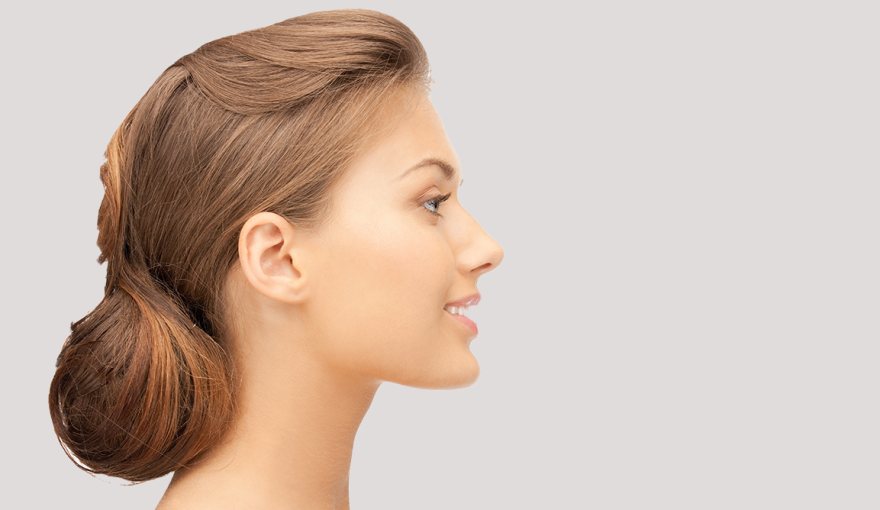 Plastic Surgery
Plastic Surgery
Rhinoplasty sometimes referred to as a "nose job" or "nose reshaping" by patients, enhances facial harmony and the proportions of your nose. It can also correct impaired breathing caused by structural defects in the nose.
What Rhinoplasty can Treat?
- Nose size in relation to facial balance
- Nose width at the bridge or in the size and position of the nostrils
- Nose profile with visible humps or depressions on the bridge
- Nasal tip that is enlarged or bulbous, drooping, upturned, or hooked
- Nostrils that are large, wide, or upturned
- Nasal asymmetry
If you desire a more symmetrical nose, keep in mind that everyone's face is asymmetric to some degree. Results may not be completely symmetric, although the goal is to create facial balance and correct proportion.
Rhinoplasty to correct a deviated septum
Nose surgery that's done to improve an obstructed airway requires careful evaluation of the nasal structure as it relates to airflow and breathing.
Correction of a deviated septum, one of the most common causes of breathing impairment, is achieved by adjusting the nasal structure to produce better alignment.
The doctor, in fact, in a first visit observes the structures of the nose, and therefore also that of breathing: the back and tip of the nose. The cartilage nasal (the wing, namely those on the wings of the nose, and the triangular placed just above the wing), the septum (the wall partition between the nostrils), and turbinate (for the respiration and circulation air).
Then it passes to the stage design taking account of all the criteria of evaluation.
By rhinoplasty, we mean the correction of the nose through the surgical modification of its main components, namely: nasal bones, septum, cartilages.